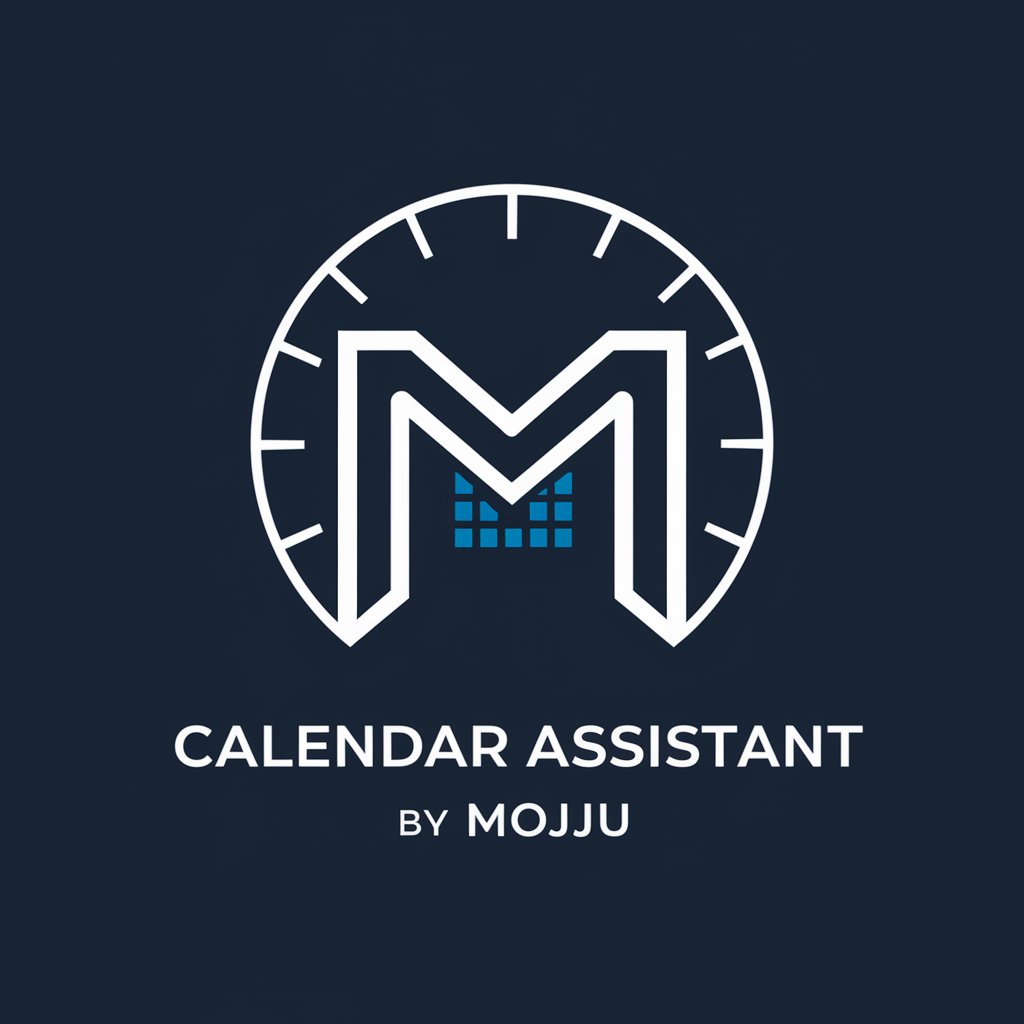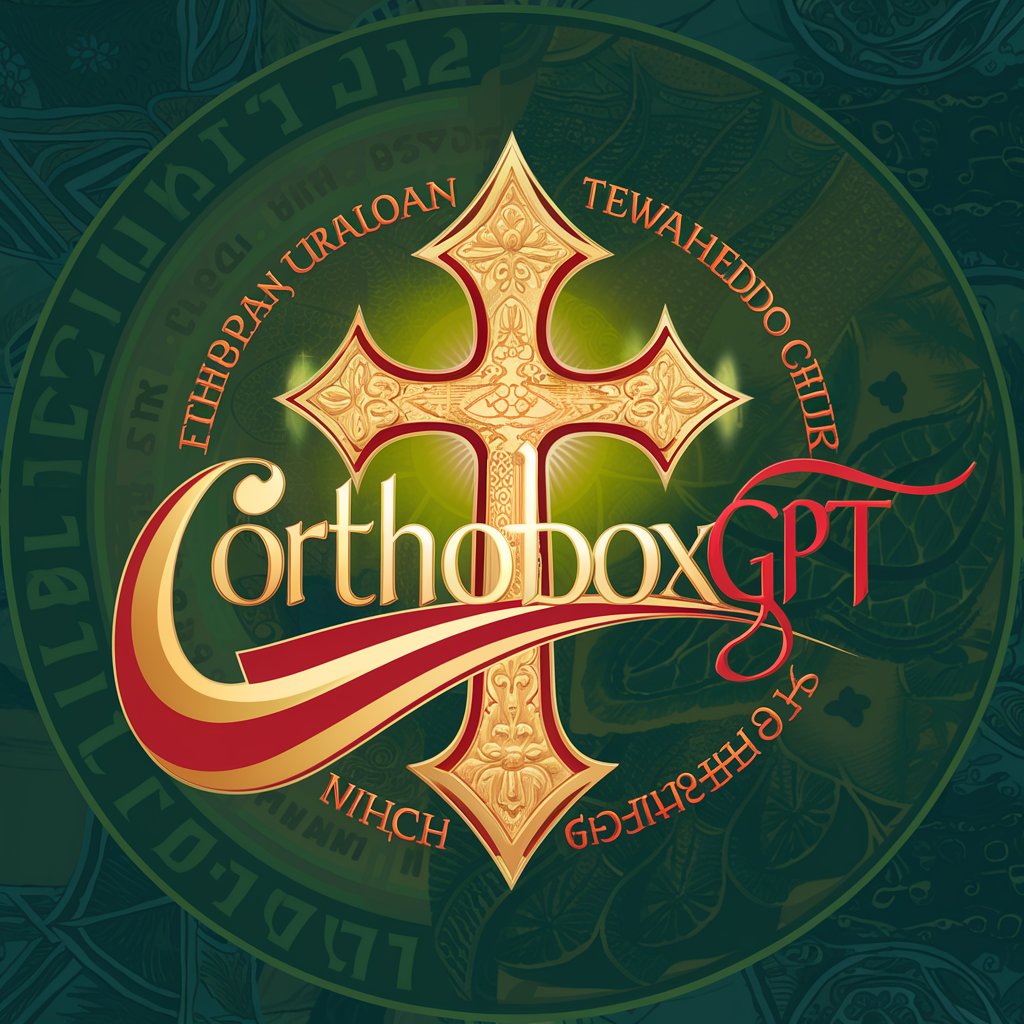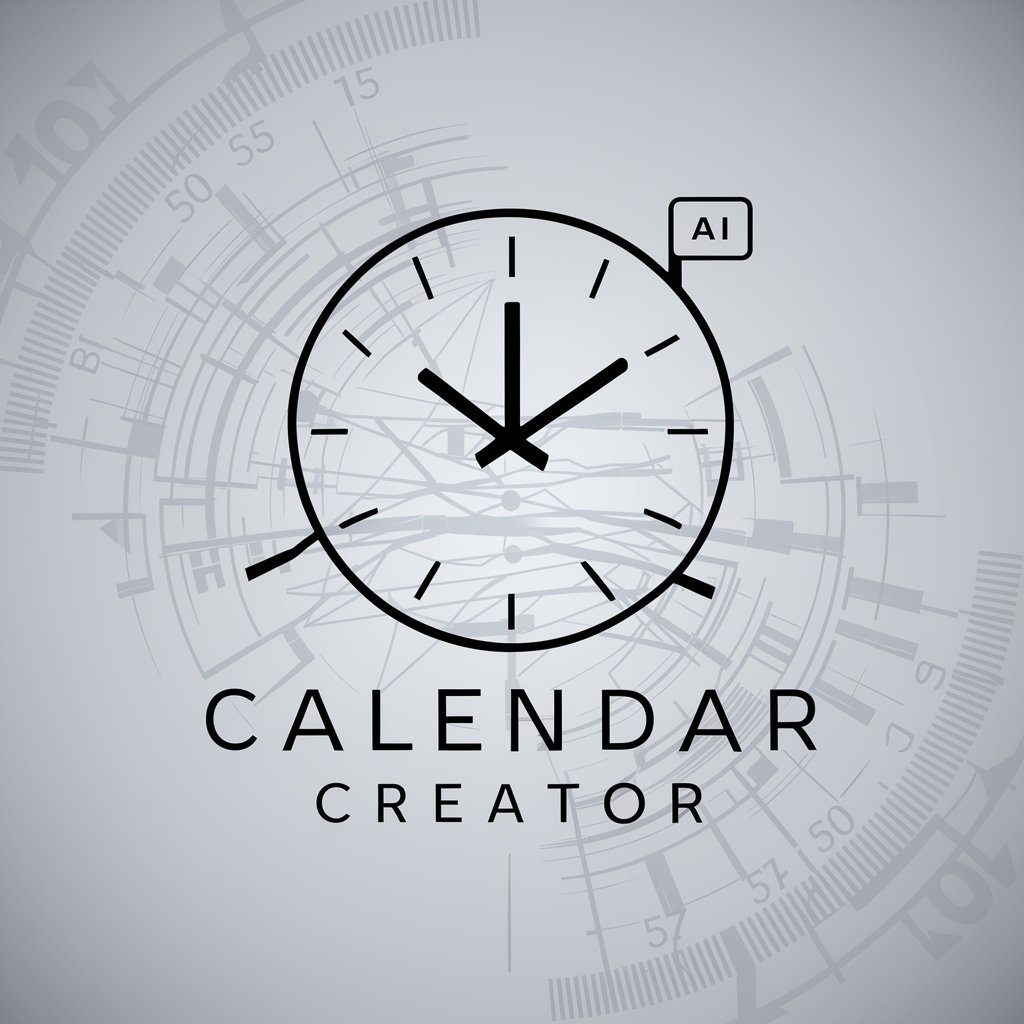
Calendar Ortodox - Orthodox Calendar Guide
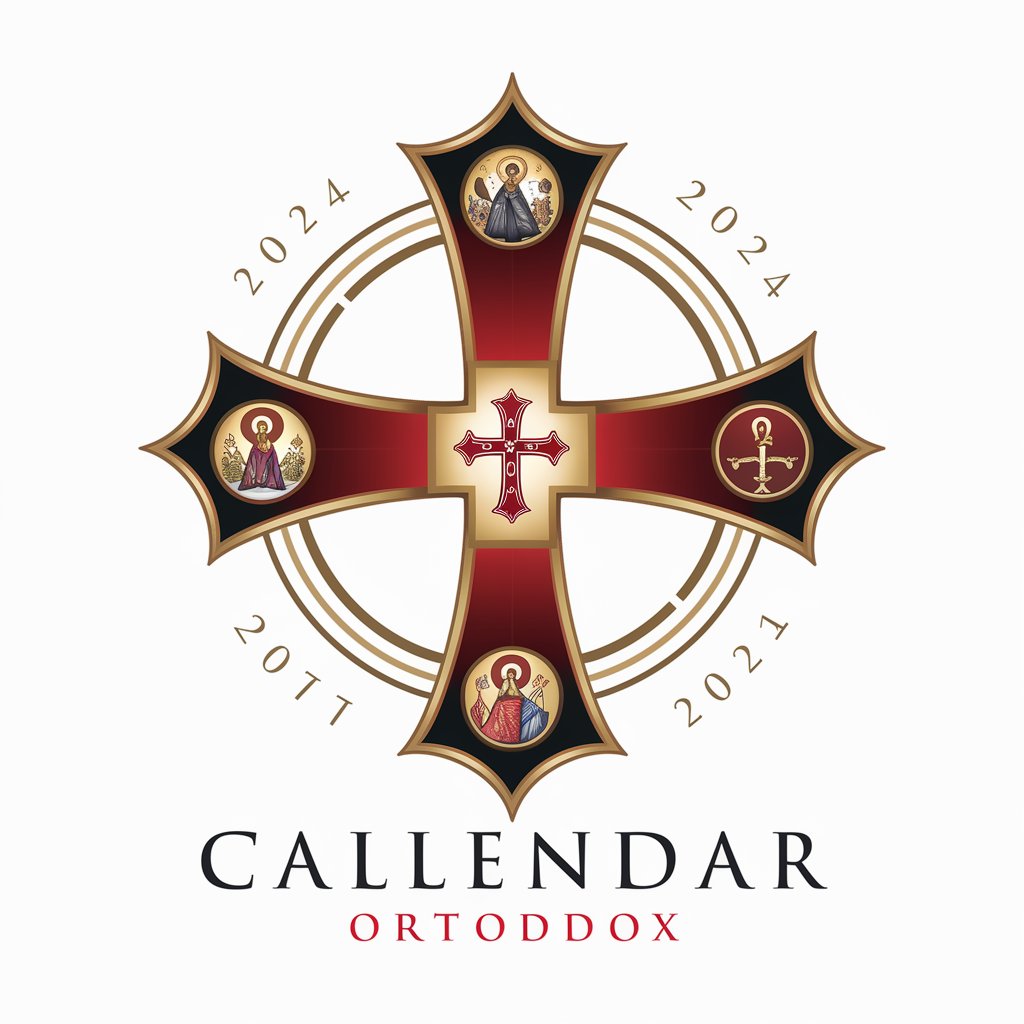
Welcome! Ask me anything about the Romanian Orthodox calendar for 2024.
Navigate the Orthodox year with AI.
Tell me about the significance of the black cross days in the Orthodox calendar.
What are the important feast days in June 2024 according to the Orthodox calendar?
Explain the symbol of the fish in the Orthodox calendar.
How does the Orthodox calendar mark the beginning of Lent in 2024?
Get Embed Code
Introduction to Calendar Ortodox
Calendar Ortodox is a specialized resource designed to provide detailed information on the Romanian Orthodox religious calendar for the year 2024. It meticulously outlines each day's significance, including normal days, days marked with a black cross (slightly holier days) and red cross days (very holy days). Additionally, it includes symbols like a fish for days with fish allowances. The design serves both liturgical purposes and everyday guidance for the faithful, helping them to follow and participate in religious observances and fasting regimes. Powered by ChatGPT-4o。

Main Functions of Calendar Ortodox
Day-by-Day Religious Guidance
Example
For January 6th, the calendar marks the celebration of the Baptism of the Lord (Boboteaza), a red cross day, indicating a very holy day where special liturgical services are observed.
Scenario
A parish preparing for appropriate liturgical celebrations would refer to this calendar to know when to schedule specific services and rituals.
Fasting and Feasting Information
Example
The symbol of a fish on February 2nd indicates 'Dezlegare la pește' (allowance of fish), providing dietary guidance for days when deviations from strict fasting are permitted.
Scenario
An individual observing the Orthodox fasting periods uses the calendar to determine on which days fish can be consumed, aiding in meal planning during fasting periods.
Liturgical Color and Readings
Example
On significant feast days like April 28th, the calendar details the liturgical colors and prescribed biblical readings for services, guiding the thematic decoration and sermon preparation.
Scenario
A priest uses this information to prepare vestments and sermons that align with the liturgical themes of the day, ensuring that congregational worship is cohesive and appropriate.
Ideal Users of Calendar Ortodox Services
Religious Practitioners
This includes priests, deacons, and other clerical staff who require an accurate liturgical calendar for planning and conducting religious services throughout the year.
Lay Practitioners
Faithful followers of the Orthodox Christian faith who use the calendar to observe feast days, fast days, and other significant religious events, ensuring they live in accordance with church teachings.
Religious Educators
Teachers and educators within the church community who use the calendar as an educational tool to instruct about the liturgical year, feast days, and the significance of various religious observances.

How to Use Calendar Ortodox
Start Free Trial
Initiate your journey by visiting yeschat.ai for a complimentary trial, enabling access without the need to log in or subscribe to ChatGPT Plus.
Explore the Calendar
Navigate through the 'Calendar Creştin Ortodox 2024' to explore the religious significance of each day, including feasts, fasts, and saints commemorated.
Understand Symbols
Familiarize yourself with the symbols used in the calendar, such as crosses for significant feast days and fish icons indicating days when fish consumption is permitted.
Incorporate Practices
Use the calendar to integrate Orthodox Christian religious practices into your daily life, including prayer times, fasting periods, and participation in holy services.
Deepen Your Knowledge
Leverage the detailed information provided for each day to deepen your understanding of Orthodox Christian theology, traditions, and the lives of the saints.
Try other advanced and practical GPTs
Creador de Prompts para Leonardo AI
Unleash Creativity with AI-Powered Imagery

Tax Guide
Smart AI for Tax Solutions
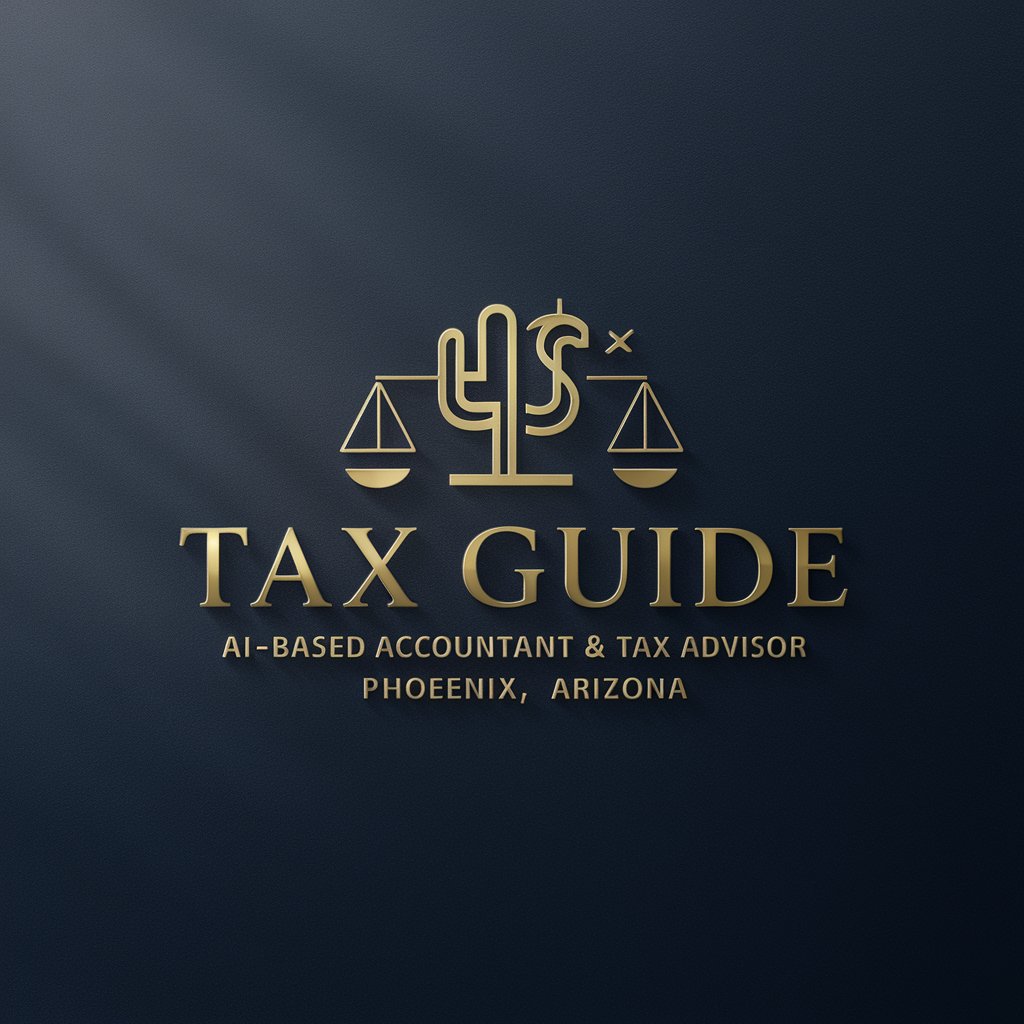
Marketing Muse
Empower Your Brand with AI

Impulsa Analyst
Empowering Growth with AI Insights

Brand Muse
Craft Your Brand with AI Power

Logo Builder
Craft Your Brand's Identity with AI

Chania Explorer 🇬🇷
Explore Chania with AI-guided precision
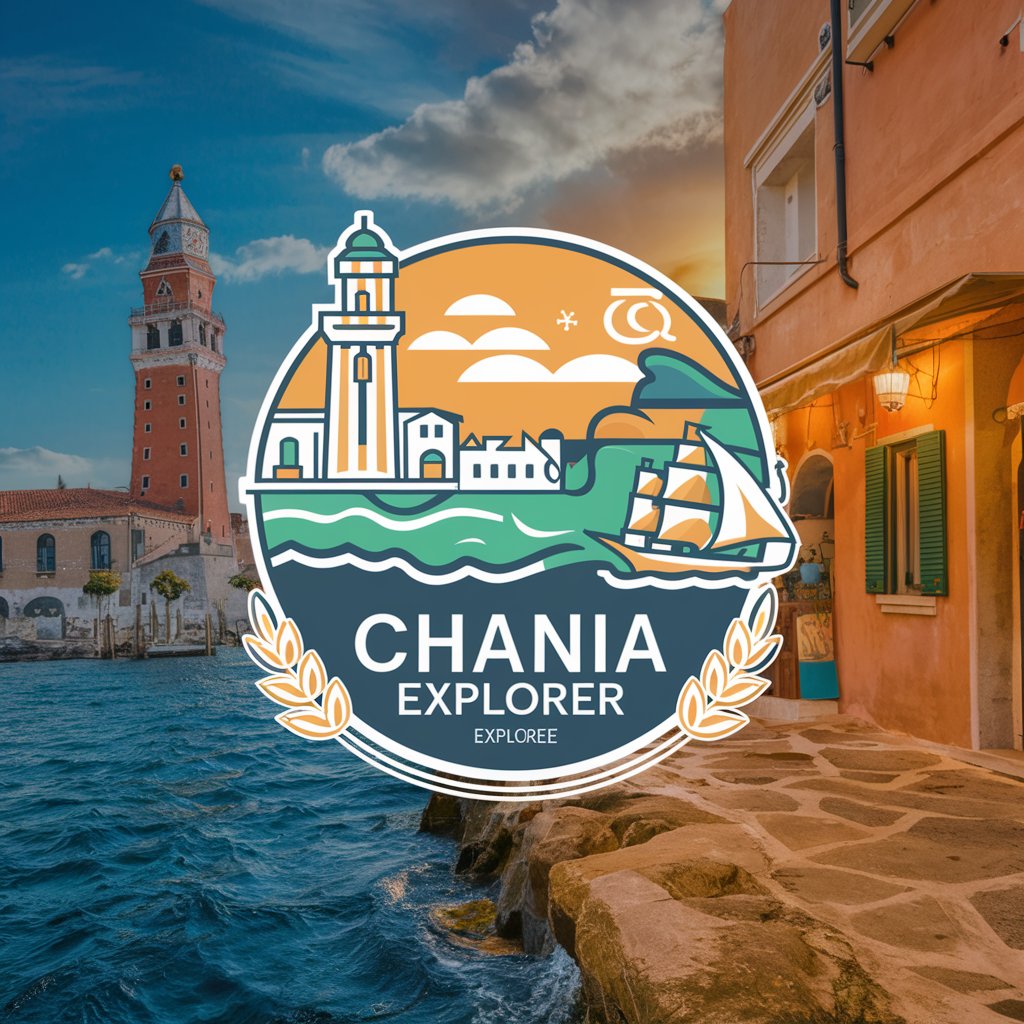
NetSuite Developer (NSD)
AI-driven support for NetSuite developers

Crowd Magnet
Empowering Creativity with AI

Seniors' Guide to DIY
Empowering seniors with AI-driven DIY guidance.

Airship Aviator Mentor
Navigate the skies with AI-powered guidance.

AI Professional Guide
Empower Your Profession with AI

Q&A about Calendar Ortodox
What is Calendar Ortodox?
Calendar Ortodox is a detailed guide for the year 2024, outlining the Orthodox Christian religious calendar. It includes feast days, fasts, and commemorations of saints, each marked with specific symbols like crosses and fish to denote their significance and dietary allowances.
How can Calendar Ortodox enhance my religious practice?
By following Calendar Ortodox, individuals can align their daily practices with the liturgical year of the Orthodox Church. This includes observing fasts, celebrating feasts, and honoring the saints on their commemoration days, thus enriching one's spiritual life.
Are there any dietary guidelines indicated in the Calendar Ortodox?
Yes, the calendar uses symbols, such as fish, to indicate days when the consumption of fish is permitted, particularly during fast periods. It also marks days with strict fasting or when no meat, dairy, or fish should be consumed, guiding adherents in their dietary observances.
How does Calendar Ortodox mark important feast days?
Important feast days are highlighted with symbols such as a cross. A black cross signifies days that are holy, and a red cross denotes very holy days. These symbols help users quickly identify significant religious dates.
Can Calendar Ortodox help me learn more about Orthodox saints?
Absolutely. Calendar Ortodox provides detailed information about the lives of the saints commemorated each day. This enables users to learn about the exemplary lives of these holy figures and draw inspiration from their faith and deeds.



